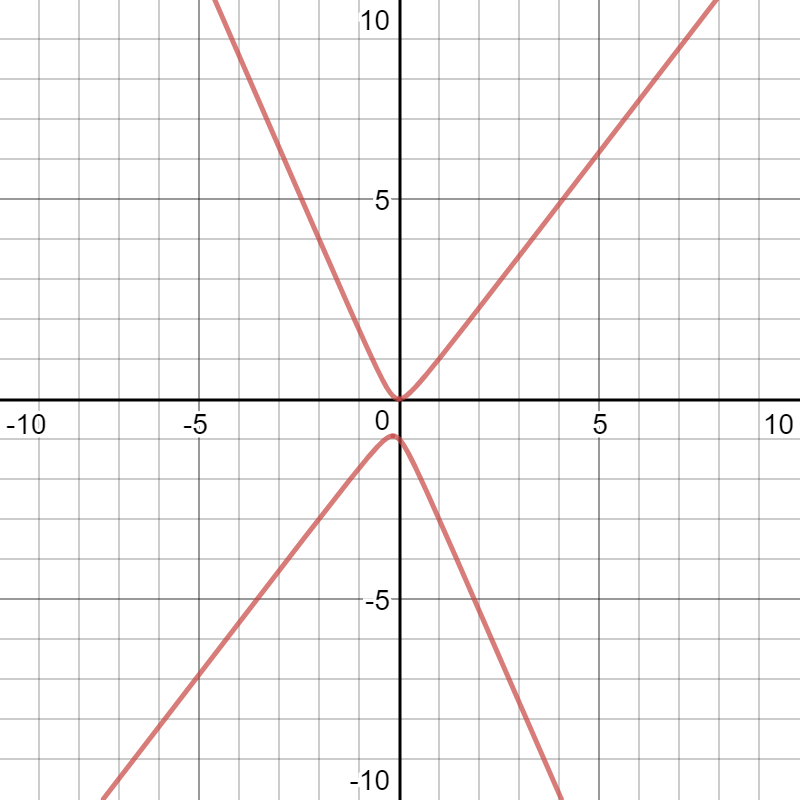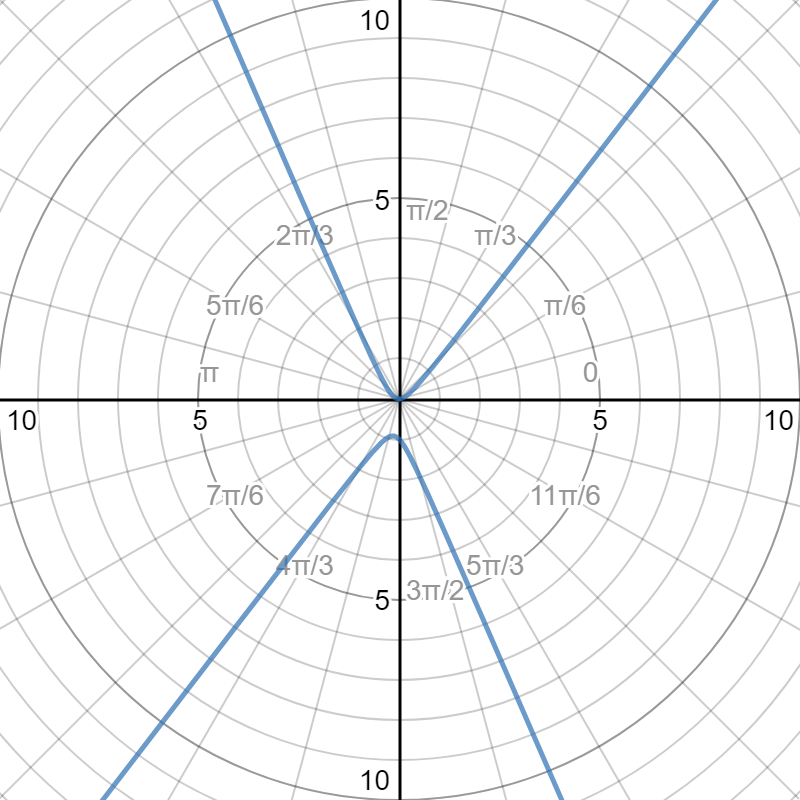How do you convert #y=-y^2+3x^2-xy # into a polar equation?
2 Answers
Explanation:
In order to convert between Cartesian and polar equations, we must make use of the following three identities:
Use the formulas
Use algebraic methods to write the radius
Explanation:
Before we begin, let's take a look at the graph of the Cartesian equation:

Substitute
Remove the common factor,
We can divide both sides by r, because that only discards the degenerative root
Divide both sides by the coefficient of r:
The following is a graph of the polar equation:

Please observe that the graphs are identical.

